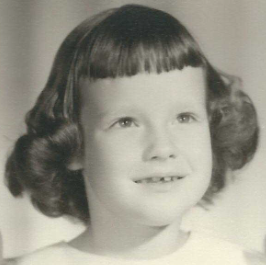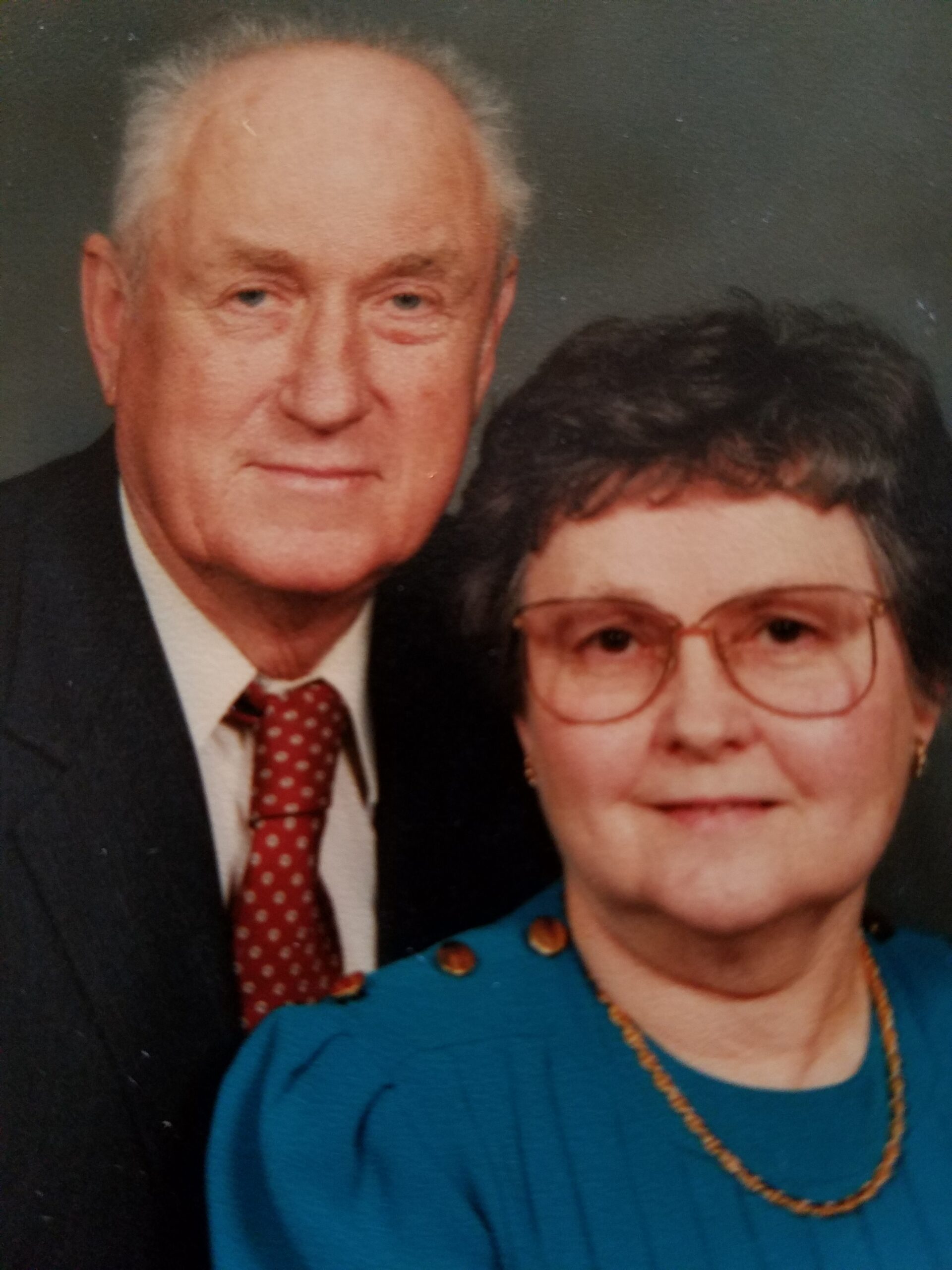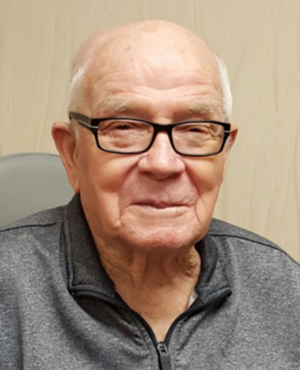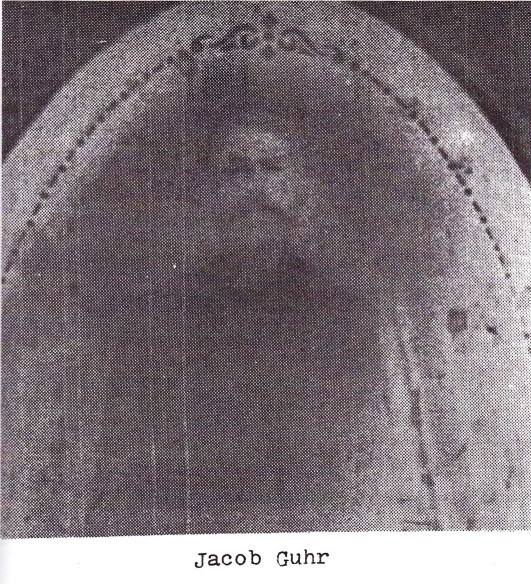Out of Religion and Into an Interactive Two-Way Relationship with God
Growing up as a child in a religious community with parents that participated in church life, I initially presumed I was a nice boy and that was surely sufficient for life. Becoming a believer in Christ by the age of 8 shortened the opportunity to become enslaved by the enticements of the world before my experience of salvation and being made a child of God. My practice of sin and learning of its sinfulness came after I became a believer in Christ!
At the age of 4, I began a monthly visit to the County Jail. My Dad was part of a church quartet that went to the Butler County Jail each month to sing gospel songs to the prisoners and share their own stories of knowing Jesus Christ and explaining the gospel to them. I was permitted to play with the men through the bars with my toy tractor and wagon I always brought along. I likely caused them to think of their own children from whom they were separated. Upon completion of good behavior for the evening, the Jailer would invite me to select my choice of candy bars from the lower drawer of his desk. I loved going to Jail. I continued my interest in prisons visiting regularly the prison in Hutchinson, Kansas throughout my high school years. After college, I continued special work with chaplains and inmates in over 50 State and Federal prisons. Befriending prisoners and hearing the details of their lives and crimes, had a large impact on my own life, greatly reducing my temptation to participate with any schemes to extort, steal and bring damage to others.
By third grade I had my mouth washed out with a soap bar by my mother and the cause of that was never repeated in my life again. Even so, I claim childhood innocence for most infractions of law and order, though with some exceptions. We attended the recently started Newton Bible Church in their first basement-only meeting place. On a Sunday night, in a classroom for kids off the main room where the preacher was teaching the adults, I found a hairpin that seemed to me to fit perfectly into a wall outlet in the room. The preacher, gauging his teaching and preaching by the wall clock at my end of the building, went well over the allotted time. The fuse for that clock had shorted out with barely a spark at the outlet I was working at. The pastor would sometimes thank me for giving him a bit more time to finish his sermon.
My mother proved her love for us kids in so many ways. Growing up in the Mennonite religion, she learned the great stories of the Bible in their detail. With terrific story telling skills, she helped me and the children she taught in a summertime backyard Good News club to imagine being inside of the story. She easily communicated to us what was the great contest between little David, a shepherd boy, and the giant Goliath. She could mimic the sounds of the stream that separated this young boy and the battle hardened giant of a man. It was clear to us the specific dimensions of the stones that David selected from the stream to fit his slingshot. We came to understand his courage, from his experience with God’s help to fight a bear and to kill a lion to protect his sheep herd. When she explained the sacrifice God made for us, by sending Jesus Christ to earth and then to the cross, as payment for my sins, it was clear to me from the Scriptures being read. I believed it and accepted God’s gift for myself.
40 years later, my mother came to realize she knew the stories of the Bible, she knew about the life of Jesus and His death on the cross, and she had adapted as best she could to the norms and requirements of her religious community, but she had never for herself, accepted God’s payment for all of her sins. By the graciousness of God and specific provisions of God, while she was living in California, she came to understand the truth of the good news of the Gospel and embraced it for herself. Her life was transformed in every way possible. She had moved from a life in a religious society and church to a personal relationship with the only true and living God.
My grandmother and grandfather, the Ben Wiebe’s offered me $5.00 (a great sum in the 1950s) if I would read through the entire Bible and report to them when I had completed it. I did read the entire Bible that next year and in addition to $5, I began to see the great wealth of God’s riches He was offering to His children. By reading through the Bible that first time, I realized there was very much I did not know. I also appreciated there were 100s of the most amazing stories of people and nations that would require many more readings to understand all of what was happening in this history of the world.
My first two years of school, I was the smartest (and dumbest) kid in my class because I was the only kid in my first grade and second grade class in the one room Kellas Grade School (near Newton, KS). Third grade was at Peabody, KS where we rode the bus into town from the one room school house my dad had converted into a home. By third grade I was hearing the stories of the Bible at church and from my mom’s teaching at the summer Good News Club she taught in the backyard of someone’s home in Peabody.
For me it was fairly simple and straightforward. I understood I was a sinner. No large crimes but operating based on my natural inclinations. I was glad to learn of a Savior who paid for all of my sins and offered me life and everlasting life in place of my earned death penalty.
He (God) made Him (Jesus Christ) who knew no sin to be sin in our behalf, so that we might become the righteousness of God in Him. 2 Corinthians 5:21.
The Bible verses we heard and learned were clear about my condition and God’s love and gift.
For all have sinned and come short of the glory of God. Romans 3:23.
For the wages of sin is death, but the free gift of God is eternal life in Christ Jesus our Lord. Romans 6:23.
For by grace are you saved through faith; and that not of yourselves, it is the gift of God; not as a result of works, so that no one may boast. Ephesians 2:8-9.
Truly, truly, I say to you, the one who hears My word, and believes Him who sent Me, has eternal life, and does not come into judgment, but has passed out of death into life. John 5:24
Believing that offer and that promise from God was for me personally, and receiving it, thanking God for it with a simple prayer resulted in peace with God.








